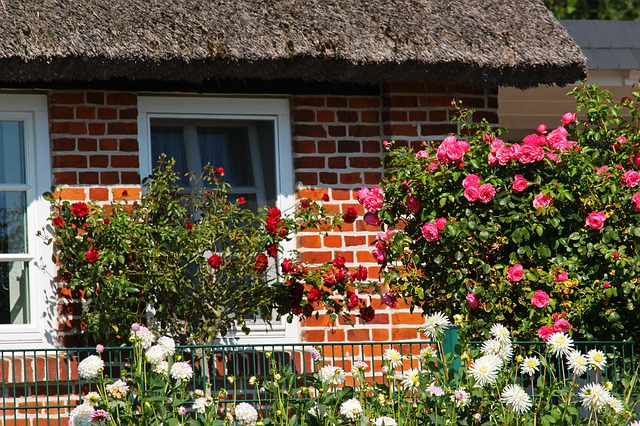Introduction
Painting particle board furniture is a cost-effective way to transform its appearance and give it a fresh new look. Particle board, also known as chipboard, is made from wood particles and adhesive, making it an affordable option for furniture. However, its raw appearance may not always fit into your desired aesthetic. In this article, we will explore the step-by-step process of painting particle board furniture, including the necessary materials and techniques to achieve a professional finish.
Preparation
Before you begin painting, it is essential to prepare the particle board furniture properly. Here are the steps to follow:
Clean the surface: Start by cleaning the furniture with a mild detergent and water solution to remove any dirt, dust, or grease. Wipe it down with a clean cloth and allow it to dry completely.
Repair any damage: Inspect the furniture for any dents, scratches, or holes. Use wood filler to repair these imperfections, following the manufacturer’s instructions. Once the filler is dry, sand it down until it is smooth and level with the rest of the surface.
Sand the furniture: Lightly sand the entire surface of the furniture using fine-grit sandpaper. This step helps to create a rough surface for the paint to adhere to. Be sure to sand in the direction of the wood grain to avoid damaging the particle board.
Priming
Priming the particle board furniture is crucial to ensure proper adhesion of the paint and to prevent the wood particles from absorbing too much moisture. Follow these steps for priming:
Choose the right primer: Select a primer specifically designed for particle board or a high-quality bonding primer. These primers have excellent adhesion properties and help to seal the porous surface of the particle board.
Apply the primer: Using a brush or roller, apply a thin and even coat of primer to the furniture. Allow it to dry according to the manufacturer’s instructions. If necessary, apply a second coat for better coverage and adhesion.
Sand the primed surface: Once the primer is completely dry, lightly sand the surface with fine-grit sandpaper. This step helps to smooth out any imperfections and provides a better surface for the paint to adhere to.
Painting
Now that the particle board furniture is properly prepared and primed, it’s time to apply the paint. Follow these steps for a successful painting process:
Choose the right paint: Select a paint specifically formulated for furniture or wood surfaces. Acrylic latex paint or oil-based paint are popular choices. Consider using a paint with a satin or semi-gloss finish for durability and easy maintenance.
Apply the paint: Using a brush or roller, apply a thin and even coat of paint to the furniture. Start with the larger surfaces and work your way to the smaller details. Allow the first coat to dry completely before applying additional coats. Depending on the desired coverage, you may need to apply two or more coats of paint.
Optional: Add decorative finishes: If desired, you can add decorative finishes such as distressing, stenciling, or glazing to enhance the look of the painted furniture. These techniques can add depth and character to the piece.
Conclusion
Painting particle board furniture can be a rewarding DIY project that allows you to transform the appearance of your furniture. By following the proper preparation, priming, and painting techniques, you can achieve a professional-looking finish. Remember to choose the right materials and take your time to ensure a successful outcome.
References
– DoItYourself: www.doityourself.com
– The Spruce: www.thespruce.com
– Bob Vila: www.bobvila.com












